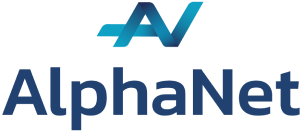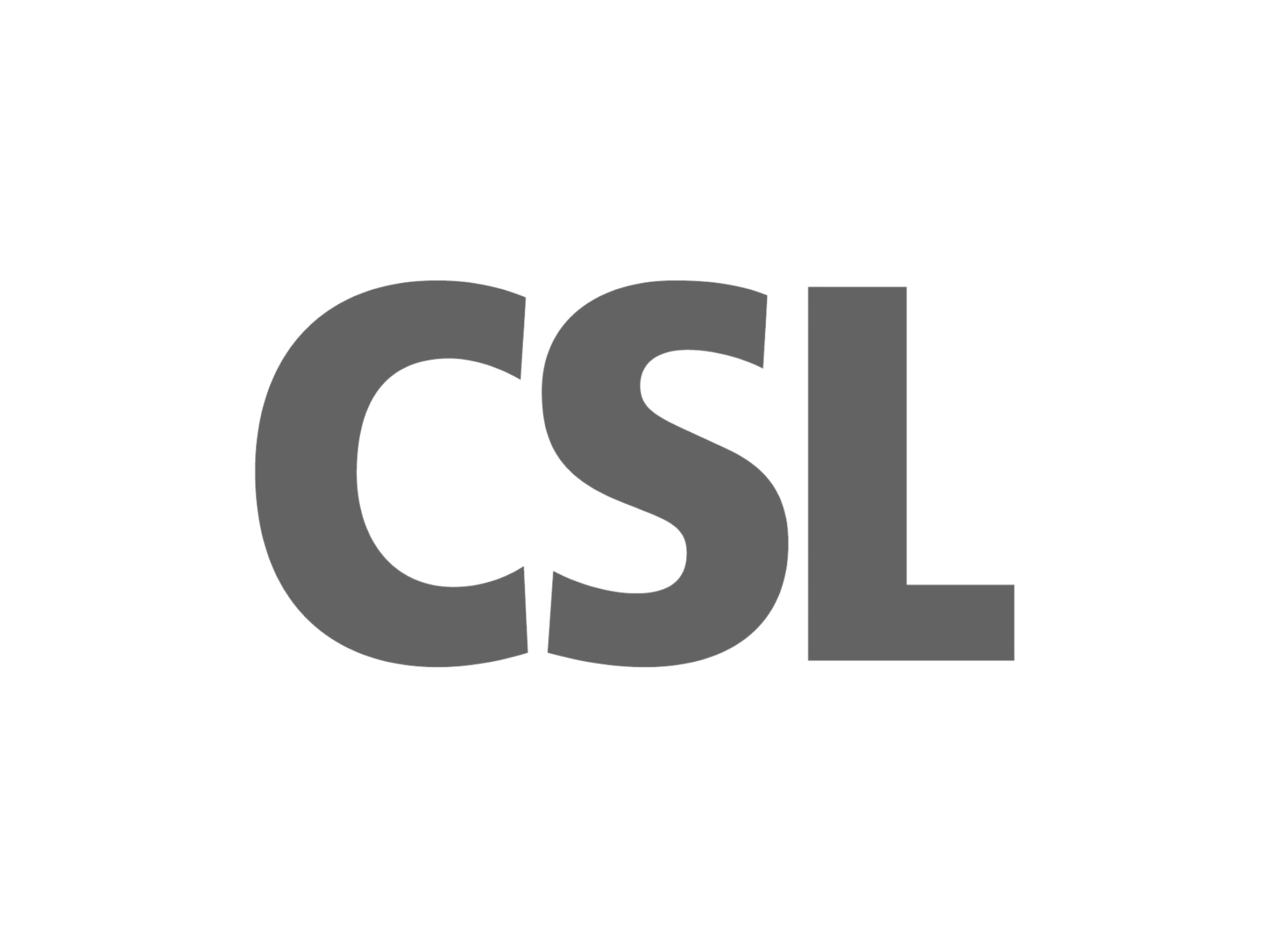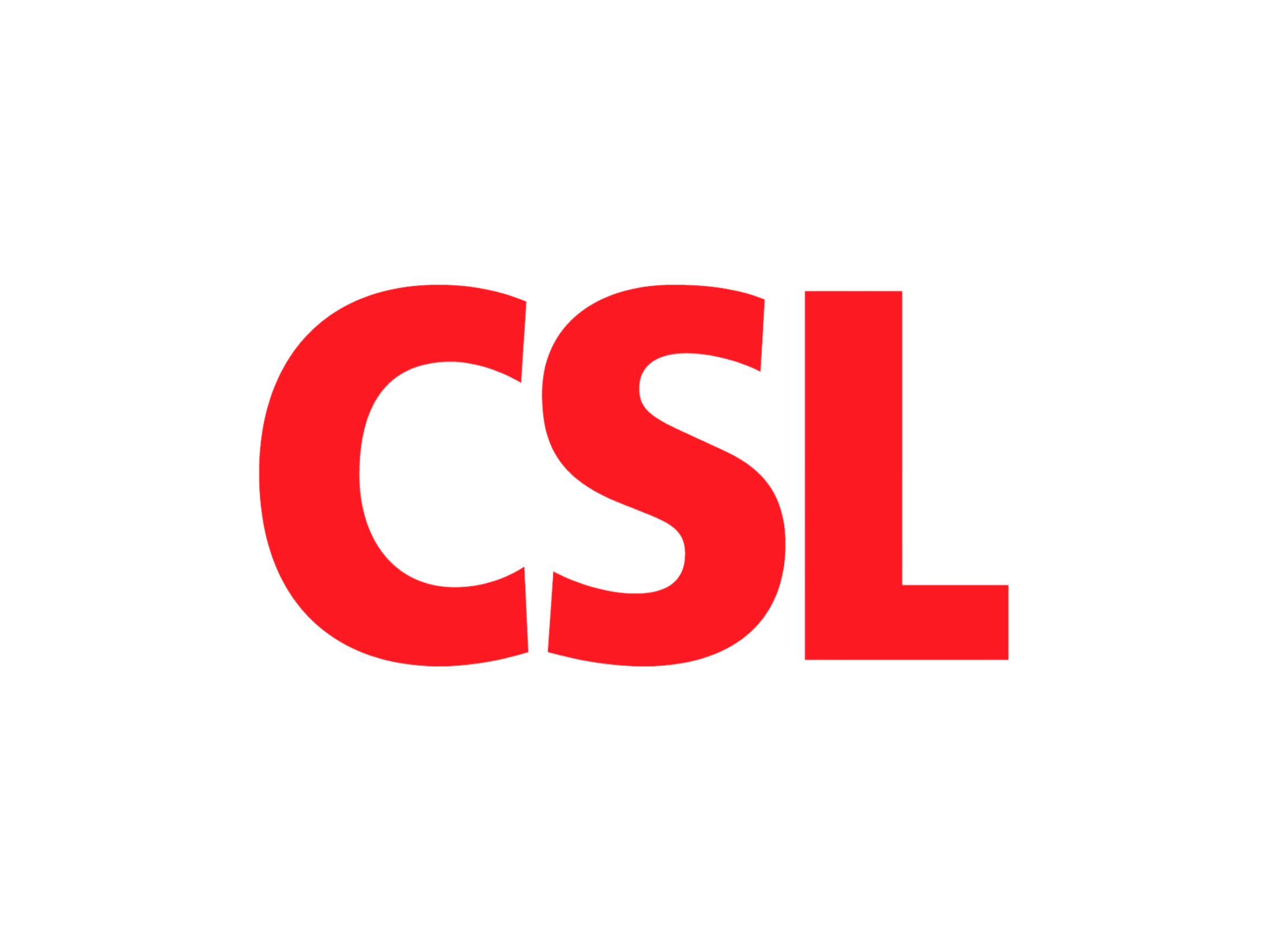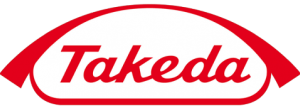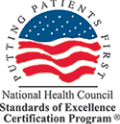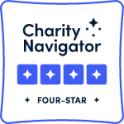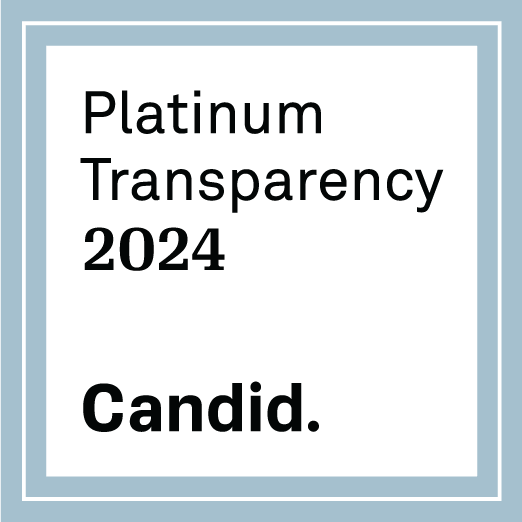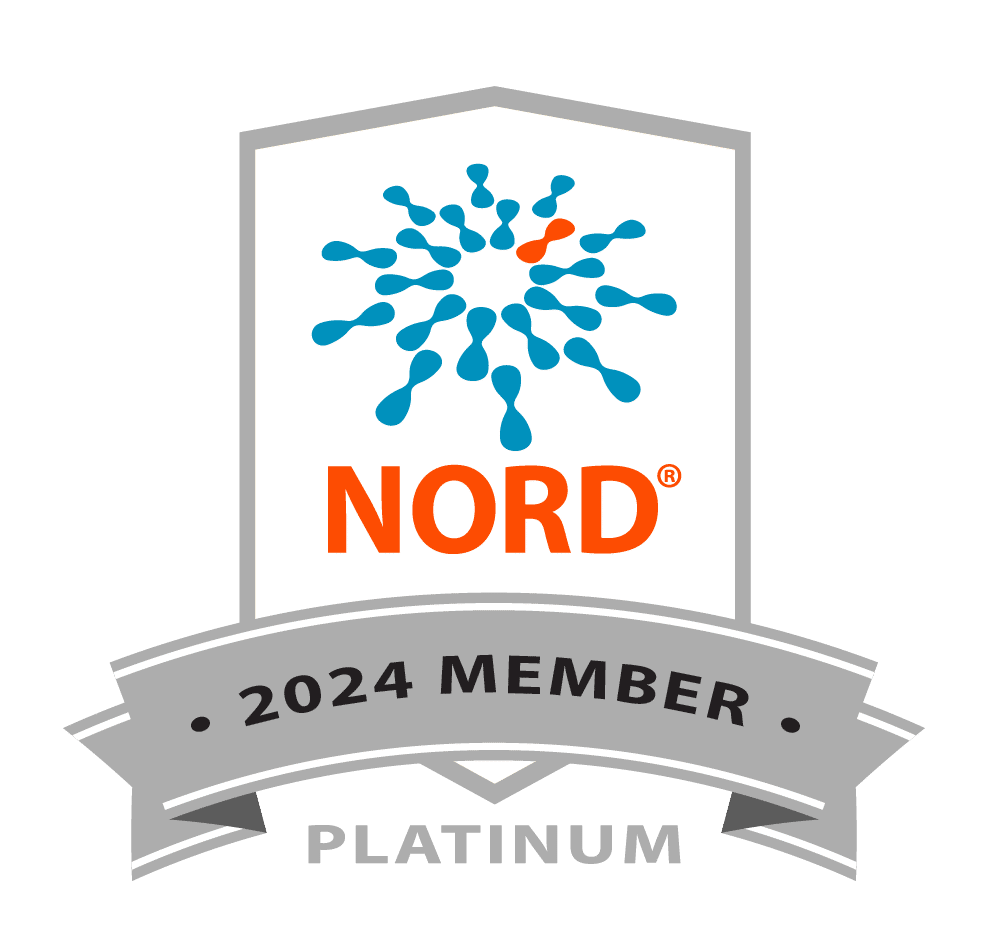March 15, 2024
Dr. Meena Seshamani
Director, Center for Medicare
Deputy Administrator, Centers for Medicare & Medicaid Services
7500 Security Boulevard
Baltimore, MD 21244
Dear Dr. Seshamani,
Our organizations appreciate the ongoing opportunities to work with the Centers for Medicare & Medicaid Services (CMS) on implementing critical elements of the Medicare Prescription Payment Plan (MP3). We thank CMS for finalizing many important provisions in the Part I guidance for the MP3 including needed beneficiary protections, while expressing our concerns about the agency’s current threshold for notification of “likely benefit” and the absence of a point-of-sale enrollment option.
We appreciate CMS’s efforts to outline the education and outreach requirements for plan sponsors and for pharmacies in the Part II guidance. To ensure the MP3 is implemented as Congress intended and that all Part D enrollees – especially those who are most likely to benefit – are fully aware of the program and its requirements, we recommend the following improvements to the Medicare Prescription Payment Plan Draft Part II Guidance (Draft Part II Guidance):
Sec. 30: Outreach, Education, and Communications Requirements for Part D Sponsors
The draft guidance indicates that Part D sponsors are responsible for ensuring that pharmacies notify certain Part D enrollees about the Medicare Prescription Payment Plan. This requirement effectively assigns an oversight role to the plan sponsor with respect to pharmacy involvement in MP3 and raises important questions about how CMS expects plans to “ensure that a pharmacy … informs the Part D enrollee about the program.”1 As a matter of fairness, we ask CMS to remove the sponsor’s oversight role by empowering pharmacies to self-regulate follow-through on MP3 notification to beneficiaries. This ask aligns to the statutory language that states “a pharmacy, after receiving a notification described in item (dd)2 with respect to an enrollee, informs the enrollee of such notification.”3
We want to acknowledge that there are different types of pharmacies – including retail, specialty, and consultant pharmacies – and their responsibilities may differ and be reflective of the diverse aspects of how each engages with beneficiaries. While the guidance provides instructions to clarify how sponsors should engage with pharmacies regarding beneficiary notification, we note the absence of a MP3-specific communications by type of pharmacy, as well as penalties or corrective actions related to noncompliance with the requirements set forth by CMS. If there are no defined ramifications for non-compliance, stakeholders may not satisfy requirements in a timely manner resulting in access restrictions for beneficiaries.
Given the indispensable and statutorily defined role of Part D sponsors and pharmacies in advancing the goals of the MP3, CMS should strongly consider outlining specific enforcement processes for each, as well as consequences for noncompliance with program requirements.
Sec. 30.1: General Outreach and Education
Our organizations broadly support CMS’s requirements for Part D outreach and education in Section 30.1 and relevant subsections, including the incorporation of information about the MP3 in existing Part D materials required to be furnished to enrollees. CMS also notes that plans may include information on the MP3 in their marketing materials. CMS should require that plans use standard terminology, including the name of the Medicare Prescription Payment Plan (and relevant acronyms and abbreviations), across promotional materials to mitigate confusion among enrollees and ensure consistency across educational resources. Such a requirement would address concerns that plans may market or describe the MP3 in such a way that conveys that the offering of the payment flexibility is somehow unique to the advertised MA-PD or PDP plan. This would also serve as encouragement for standardization in terminology in materials developed and disseminated by other interested parties, including provider professional societies, State Health Insurance Assistance Programs (SHIPs), and advocacy organizations.
Sec. 30.1.5: Part D Sponsor Websites
The section includes requirements about the information that plan sponsors must provide on their websites, including an overview of the program, example calculations, discussion of beneficiaries that are likely to benefit, financial responsibilities, et al. In addition to the list of existing requirements included in the draft guidance, Part D sponsors should be required on their websites to include information about beneficiary protections, appeals processes, and reinstatement criteria to ensure that enrollees are aware of their rights and recourse options under the MP3. The agency should further consider specifying where on the website these educational resources must appear (e.g., either on the homepage itself, or reached through an easily accessible link on the homepage) to
promote consistency across the marketplace and ensure that materials are easily retrievable for beneficiaries and interested parties. Additionally, the opt-in mechanism should be easy to access for Medicare plan enrollees.
While we recognize that every sponsor website is unique, we would encourage the agency to promote the widespread use of existing or new financial tools, such as calculators, that would help beneficiaries explore and understand their expenses and potential payments under the MP3 given the OOP expenses incurred, the month of the year in which the initial expenses occur after opt-in, as well as anticipated future additional OOP expenses.
Additionally, CMS should provide model language for Part D sponsors to include on their websites to ensure uniformity in messaging.
Sec. 30.2.2.2: Notice for Part D Enrollees Likely to Benefit
The agency outlines that the required notification of “likely to benefit” will be conducted through the CMS-developed notice both prior to and throughout the plan year in the guidance. In this section pertaining to identifying enrollees likely to benefit after the start of the plan year, CMS indicates that plan sponsors must conduct outreach “if they become aware in advance of a new high-cost prescription for a Part D enrollee that would trigger the pharmacy point-of-sale (POS) notification process.”4
In Sec. 30.1 of the Part II guidance, CMS notes that plan sponsors must use standardized CMS materials sent via mail or electronically to provide notification of likely benefit. Given the lack of a POS enrollment option, it is essential that beneficiaries be notified of their likely benefit under the MP3 prior to reaching the pharmacy counter, or else much of the potential assistance provided by the flexibility will be lost. As an additional electronic communication medium, CMS should request that plans, whenever possible, enable push alerts in relevant mobile apps when a plan becomes aware that a drug requiring plan approval (such as through prior authorization) exceeds the likely to benefit threshold.
Our organizations also support CMS’s suggestion that plans can provide initial notification via phone – for example, through an automated standardized message – to be followed up with a notification in writing within three days. We further encourage other stakeholders, such as pharmacy benefit managers (PBMs) or large retail pharmacy providers, to utilize automated phone messaging to provide information about the MP3 to help ensure that beneficiaries are able to opt-in prior to reaching the POS.
Further, we continue to assert it is inappropriate for the likely to benefit threshold to be triggered only if a single drug exceeds the limit as individuals in the Medicare program typically take more than one drug—therefore, this definition should be changed to the cumulative OOP amount. CMS may further consider whether the trigger for likely to benefit based on cumulative OOP should be based on a set period of time (such as one calendar month). More than half of adults aged 64 and older report taking four or more prescription drugs,5 and the cumulative amount OOP they pay for prescription drugs is more likely to indicate benefit than their cost for a single drug.
Sec. 30.2.2.3: Requirements for Identifying Part D Enrollees Likely to Benefit at POS
In the draft guidance, CMS highlights that “health care providers and pharmacists play a key role in cost-of-care conversations with their patients that can include discussions about potential prescription drug costs.”6 Recognizing this relationship, we support a requirement for pharmacies that have direct communication with the enrollee, including network pharmacies and other contracted providers with materials on MP3, to provide enrollees with educational materials rather than making this effort optional (i.e., “encouraging”). We are aware of the myriad responsibilities of pharmacists; at the same time, we believe that, as CMS provides standardized resources, pharmacies posting information about the MP3 program or having available handouts for Medicare beneficiaries represent ways to fulfill this important function without adding excessive provider burden.
Sec. 30.3.1: Overview of Election Requirements
CMS states that Part D sponsors are “encouraged to provide interested Part D enrollees with additional information about the Medicare Prescription Payment Plan, including offering a review of what their estimated monthly payments under the program may be.”7 To offer clearer guidance to sponsors, we suggest providing specific examples of what constitutes a “review”. This may include referencing the development of MP3-specific calculators or other beneficiary-accessible and appropriate financial tools.
Sec. 30.3.1.4: Website Election Requests
The draft guidance limits the electronic election request process to the Part D sponsor’s website or portal. To promote beneficiary access and better align with current marketplace technology offerings, we urge you to also include a Part D sponsor’s relevant mobile application (“app”) as another mechanism for the request.8
Sec. 30.3.5: Notice of Voluntary Termination
CMS states that “disenrollment from a plan” includes either switching plans during the coverage year or remaining in the same plan for a subsequent coverage year. However, beneficiaries are unlikely to view remaining in the same plan for a subsequent year as disenrolling from a Part D plan. Requiring proactive reactivation of the MP3 will likely result in many beneficiaries returning to the POS at the start of a new year and facing large OOP costs due immediately. This challenge is likely to be experienced by many beneficiaries if CMS does not remedy this decision. In fact, beneficiaries remaining with their plan is the norm – only 10 percent of beneficiaries change their MA-PD plan from year to year, and only 21% of PDP enrollees.9 For this reason, we ask CMS to reconsider this decision and instead keep beneficiaries opted-in to the MP3 as the default option when they remain with their current MA-PD or PDP plan.
If CMS does not change this decision, the agency should create a standardized communication that plan sponsors send to MP3-enrolled beneficiaries during end of year disenrollment (rather than to mid-year voluntary disenrollment) that outlines the beneficiary’s remaining financial responsibilities and prominently notes the need to re- enroll in the MP3 for the new plan year. We strongly encourage CMS to outline its decision on Notice of Voluntary Termination in its final guidance.
Sec. 40.3: National Outreach and Education Efforts
State Health Insurance Assistance Program (SHIP) counselors will play an important role in educating Medicare beneficiaries in PDPs about the option to participate in MP3 assuming they are not eligible for Extra Help. SHIPs should be well resourced to educate beneficiaries on the MP3; CMS Office of Communications should work with the Administration for Community Living (ACL) and the State Health Insurance Assistance Program Technical Assistance Center (SHIP TA Center) to create multilingual sample scripts and tip sheets with key information that can be used at events and on SHIP websites. These materials should also be made available to care navigators and healthcare financial counselors. Additionally, CMS should work with the SHIP TA Center and the Senior Medicare Patrol (SMP) Resource Center to develop and offer a national webinar on the MP3 program prior to 2025 Open Enrollment.
Voluntary Educational Efforts with Other Stakeholders
While the Part II guidance primarily pertains to the patient education and outreach efforts required by law of plan sponsors and pharmacies, additional partners in outreach will be necessary in order to provide meaningful education to beneficiaries who are likely to benefit. We encourage CMS to proactively reach out to specialty societies, nursing associations, and other groups representing care providers that are likely to regularly prescribe or serve beneficiaries that are disproportionately likely to benefit from the MP3, including beneficiaries that use of expensive and/or multiple medications to manage their condition. We also support efforts for CMS to work with sister agency programs, such as the No Wrong Door (NWD) System initiative and the ACL’s Eldercare Locator, on educational efforts and to provide resources to community leaders that regularly serve the populations enrolled in Medicare, i.e., older adults and people with disabilities.
Additional Comments Related to Final Part I Guidance:
In addition to our comments above, we continue to urge CMS to identify and develop infrastructure to allow for enrollment at the POS. We support CMS’s continued efforts to identify and address barriers to point of sale enrollment to enable the availability of this option in future years. Without this capability, beneficiaries that are prescribed a new costly medication and would benefit from the MP3 will undoubtedly show up at the pharmacy counter and pay the full OOP costs, or worse, not fill their script due to cost.
Further, POS enrollment reflects the Congressional intent in creating the MP3.10 Allowing patients to opt-in at the point of sale will ensure that patients receive medications on time while mitigating financial burden.
Our organizations also wish to express our disappointment in CMS’s decision to set the likely to benefit threshold at $600, rather than at a lower level that would provide notice to more than a million more beneficiaries. According to CMS’s analysis, setting the threshold at $600 rather than at $400 will result in over 1.4 million beneficiaries that would have otherwise been helped by enrolling in MP3 will not receive a notification that they are likely to benefit.11 Failing to notify a greater number of beneficiaries that will actually benefit from the program by setting the threshold at $400 is unacceptable from a beneficiary point of view.
Next Steps and Conclusion
We look forward to providing additional comments on the forthcoming model educational materials to support Part D sponsors and other interested parties on the MP3 implementation, as well as CMS’s information collection request (ICR) efforts noted in the Part II guidance.
Thank you again for the opportunity to comment on the implementation of the Draft Part II Guidance. We look forward to continuing our partnership with CMS to ensure that beneficiaries can easily access and benefit from these essential policy reforms. If CMS has questions about these recommendations or would like to discuss further, please contact Michael Ward, Vice President of Public Policy and Government Relations at the Alliance for Aging Research, at mward@agingresearch.org.
Sincerely,
| ADAP Advocacy Aging Life Care Association® AiArthritis Allergy & Asthma Network Alliance for Aging Research Alliance for Patient Access Alpha-1 Foundation ALS Association American Cancer Society Cancer Action Network Arthritis Foundation Caregiver Action Network CaringKind, The Heart of Alzheimer’s Caregiving Center for the Independence of the Disabled, New York (CIDNY) Chronic Care Policy Alliance Community Access National Network COPD Foundation Headache & Migraine Policy Forum | HealthyWomen ICAN, International Cancer Advocacy Network Lupus and Allied Diseases Association, Inc. Lupus Foundation of America National Health Council National Psoriasis Foundation Partnership to Fight Chronic Disease Patient Access Network (PAN) Foundation StopAfib.org/American Foundation for Women’s Health Susan G. Komen SYNGAP1 Foundation the bonnell foundation: Living with cystic fibrosis The Michael J. Fox Foundation for Parkinson’s Research The National Association of Nutrition and Aging Services Programs (NANASP) Triage Cancer |
1 Medicare Prescription Payment Program Part II Guidance, pp. 4
2 I.e., notification that an enrollee incurs out-of-pocket expenses that make it likely an enrollee is likely to benefit from the MP3 program.
3 Inflation Reduction Act. Section 11202.
4 Medicare Prescription Payment Program Part II Guidance, pp. 13
5 Kaiser Family Foundation. Data Note: Prescription Drugs and Older Adults. 9 Aug 2019. https://www.kff.org/affordable-care-act/issue-brief/data-note-prescription-drugs-and-older-adults/
6 Medicare Prescription Payment Program Part II Guidance, pp. 14
7 Medicare Prescription Payment Program Part II Guidance, pp. 16
8 Medicare Prescription Payment Program Part II Guidance, pp. 18
9 Biniek, Jeannie Fuglesten, et al. Medicare Beneficiaries Rarely Change Their Coverage During Open Enrollment. Kaiser Family Foundation. 1 Nov 2022. https://www.kff.org/medicare/issue-brief/medicare-beneficiaries-rarely-change-their-coverage-during-open-enrollment/
10 Letter dated September 13, 2023 from the Honorable Anna Eshoo to CMS on the Maximum Monthly Cap on Cost-Sharing Payments Under Prescription Drug Plans.” The letter indicates CMS should model the opt-in enrollment process after the Part D Low-Income Subsidy program, which includes the ability to enroll at the POS.
11 Medicare Prescription Payment Plan Part I Guidance, pp. 24. The data table indicates that 2 million beneficiaries (of a total of 2.2 million notified) at the $400 threshold would benefit from the MP3, whereas only 585,000 beneficiaries (of a total of 597,000 notified) at the $600 threshold would benefit.


